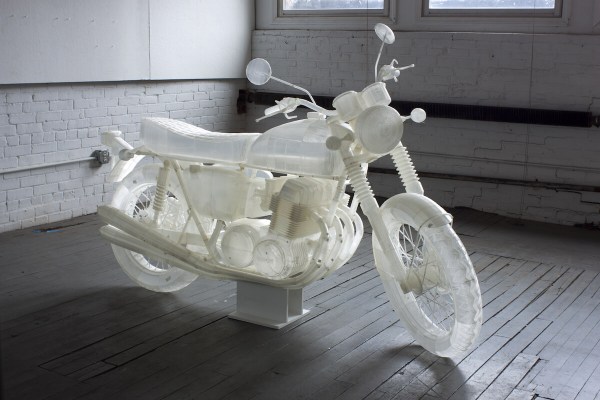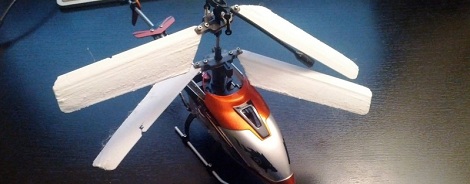After discovering 3D printing a few years ago, [Jonathan Brand] was hooked. He loved the ability to design things on a computer, and then have them realized as a real 3D object he can touch — sometimes within hours of doing the CAD work. He’s always wanted a motorcycle, but it was never the right time so at long last he decided to print one.
First off — no, it doesn’t actually work — it’s a 1:1 scale model of a 1972 Honda CB500. But it is an amazing testament to 3D printing and prototyping. He’s been working on it for almost as long as he’s had a 3D printer, and while he didn’t quote exactly how long it took to print everything, we’re guessing its in the thousands of hours.
In fact, he printed tons of components, labeled them, and organized them for up to a year before even being able to assemble them together. Talk about project dedication.
He’s even designed loose fits for moving parts — the wheels spin! To give it the cool transparent look, each part is actually almost completely hollow — with thin wall thickness of only about a millimeter. Because of this, the whole bike only weighs 18kg.
For a slightly more functional large-scale 3D print — how about printing your own colorful kayak?



















